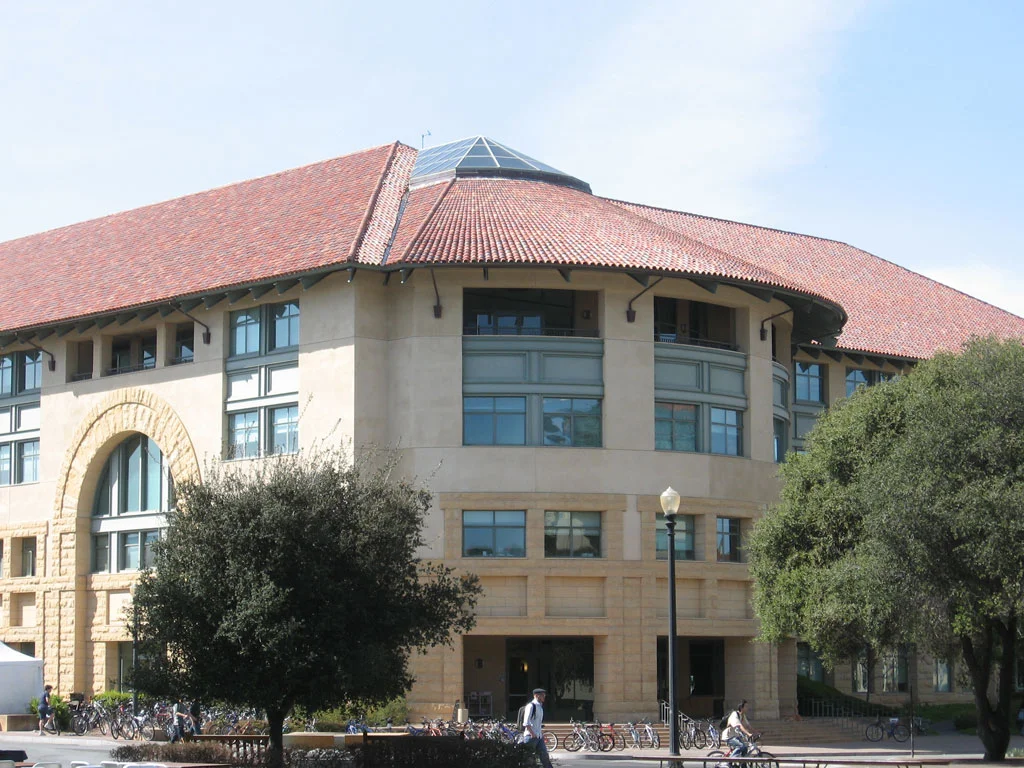Tracking Admission’s Yields
One metric for keeping score on the vibrancy of a college is its yield rate: the percent of students who have been accepted who do, in fact, attend.
In 2014, Harvard edged out Brigham Young University by 0.1%, to enjoy the highest yield in the country. BYU, which has been the yield champion in several prior years, accepts slightly fewer than half of those who apply, has a 19:1 student/faculty ratio, and tuition and room and board under $13,000. Great education, great football, and access to the Wasatch National Forest enable it to get 80% of those accepted to come.











